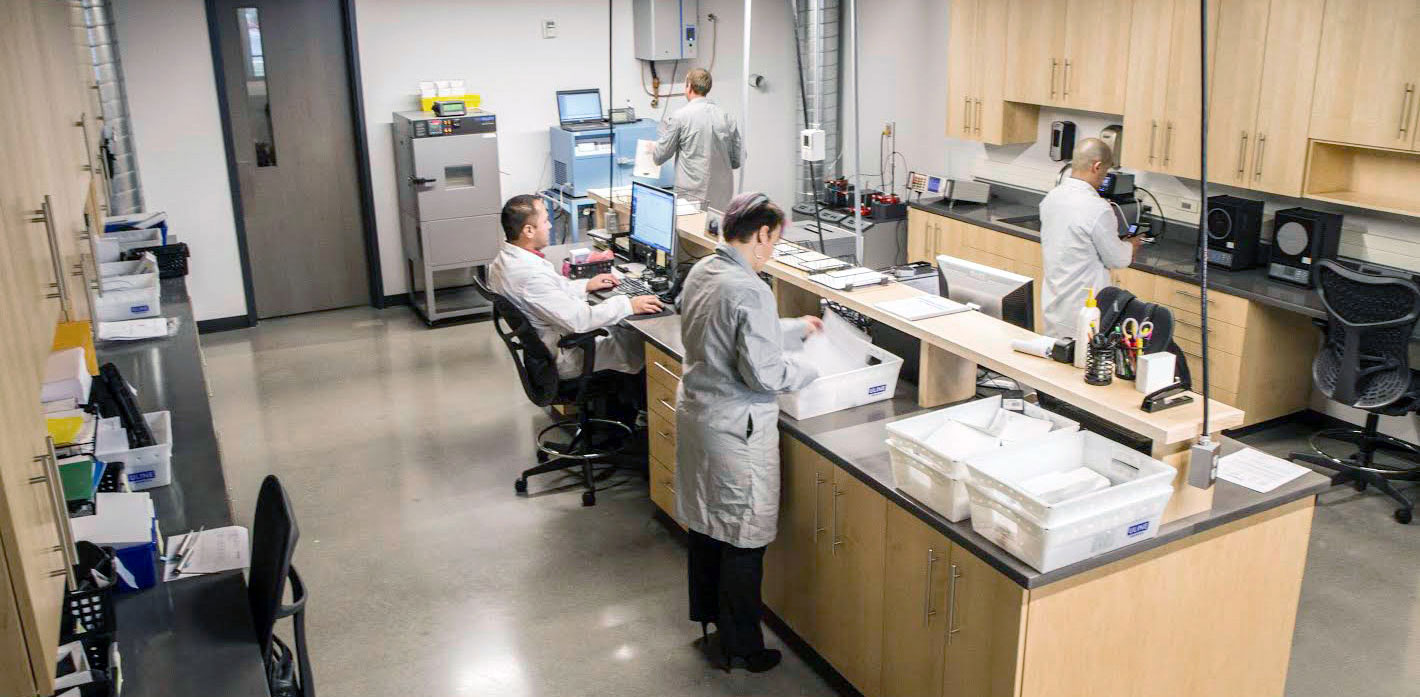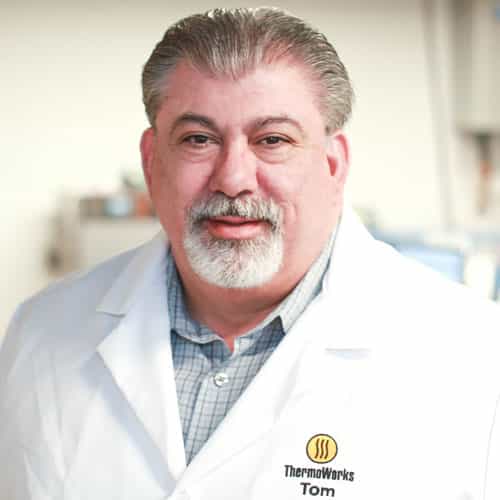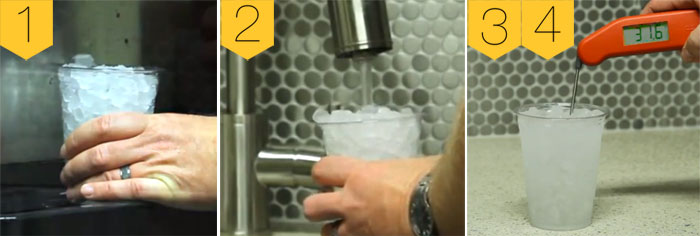Verifying the Accuracy of a Thermometer: the Role of Calibration
Does your thermometer need to be calibrated?
How would you know if it did?
If you use thermometers at work, you may be required by law or company policy to provide documentary evidence that your thermometers are accurate at regular intervals, such as every year (even though time itself is one of the least important factors in thermometers falling out of their specified accuracy ranges).

But, many of our customers who work in food service or other industries don’t have regular calibration requirements, per se. Yet they still know that the accuracy of their instruments is critical to the safety and quality of their work. The FDA Food Code (2013), for example, requires that…
“FOOD TEMPERATURE MEASURING DEVICES shall be calibrated in accordance with manufacturer’s specifications as necessary to ensure their accuracy.” (Section 4-502.11(b)).
But what does that mean?

We posed that question to Tom Wiandt, ThermoWorks’ Chief Metrologist who just happens to also be Chairman of the ASTM International Committee E20 on Temperature Measurement (i.e. he knows a lot).
Tom described a process that is very similar to calibration, but that doesn’t need to be performed by a trained and certified lab technician like we have in the ThermoWorks cal lab.
“Anyone can perform a process of accuracy verification if they understand what they are doing and follow the steps carefully. The fact of the matter is what we call ‘calibration’ covers a range of actions, from checking the accuracy of an instrument, to providing documentation. A complete lab calibration typically involves four steps:
- The calibration service should include a comparison to a reference standard as described in the definition. This step tells the user if previous measurements can be trusted.
- A determination should be made as to whether or not the results are satisfactory (as compared to the specifications or user needs).
- An adjustment should be performed if necessary.
- Lastly, a final calibration should be performed to ensure that the instrument is within requirements as a starting point for its upcoming period of use.
“But an additional concept that is related to calibration is the concept of intermediate checks.
“Intermediate checks are not defined in the VIM [the International Vocabulary of Metrology], but they are described in the ISO [International Organization for Standardization] standard for calibration labs (ISO 17025). An intermediate check is an action that the user takes to verify that the measuring instrument continues to be suitable for its purpose. Various factors can cause thermometers to lose their accuracy, including…
- the frequency of use
- the level of care taken during use, handling, and storage
- even the materials used in the construction of the sensor
“With a thermometer we often use the ice point for the intermediate check… The intermediate check should be done as often as is needed to maintain confidence in the instrument.”
The great news is that an intermediate check can be done at almost no cost, in a short amount of time, by just about anyone. The process simply requires…
- a clean vessel,
- some ice,
- and some water.
When done properly, it can easily achieve an uncertainty (accuracy) of +/-0.02° and with a few extra resources, obtaining an uncertainty of +/-0.004°F is very possible (https://www.nist.gov/pml/mercury-thermometer-alternatives-verification-methods-alternative-thermometers). If adjustments need to be made, you can do them yourself by carefully following the manufacturer’s adjustment specifications, or send your instruments to a certified lab to have them adjusted for you.
Regularly testing your thermometers in that kind of an “ice bath” can yield results that will instill confidence in the accuracy of your device at every level of both quality and safety assurance. See our post on Creating a Properly Made Ice Bath for an easy step-by-step guide and video instructions.
Calibration services certainly have their place. One should plan for the time and expense necessary to keep temperature gear calibrated in order to both remain compliant and to ensure a long product lifecycle.
But, it is also important to remember that between calibration services, or if no formal calibration is required, organizations should regularly check their gear in a properly made ice bath, or other stable medium, to ensure suitable accuracy. In doing so, one significantly increases the likelihood of consistent, repeatable and accurate results.



